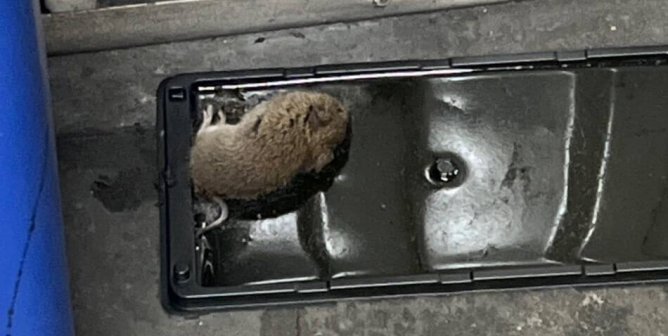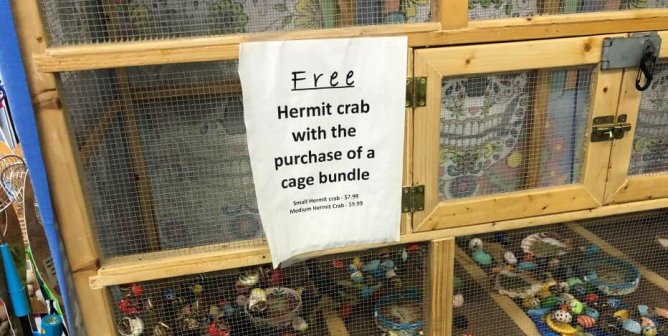Living in Harmony with House Mice and Rats
Mice and rats are complex, unique beings with the capacity to experience a wide range of emotions. Highly intelligent, they’re natural students who excel at learning and understanding concepts.
Much like humans, mice and rats are very social animals. They become attached to one another, love their families, and enjoy playing, wrestling, and sleeping curled up together.
Mice and rats are fastidiously clean animals who groom themselves several times a day and are less likely than dogs or cats to transmit parasites and viruses.
Did You Know?
- Rats love to be tickled, and they make ultrasonic chirping noises that sound like laughter.
- Mice and rats are so smart that they can recognize their names and respond when called.
- Rats naturally have a pleasant perfume-like scent.
- Rats have excellent memories, and once they learn a navigation route, they never forget it.
Learn more awe-inspiring facts and read more stories about rats, mice, and other animals in the bestselling book Animalkind.
Humanely Keep Rodents Out of Your Home
Glue traps and poisons are futile, dangerous to humans, and extremely cruel, as animals often spend days suffering before eventually dying in agony. Poisons are highly toxic to humans and pose risks to companion animals and nontarget wildlife who come into contact with them or with the bodies of poisoned rodents. Glue traps also pose risks to all small animals as well as posing disease risks to humans (the Centers for Disease Control and Prevention cautions against their use). Furthermore, lethal methods never work to keep rodents away in the long run and will actually backfire. This is because when animals are killed or otherwise removed, the resultant spike in the food supply causes accelerated breeding among survivors and newcomers—and this means increased populations!
Effective rodent-control programs are integrative and adaptive and focus on repellents, deterrents, and exclusion. Rodents are attracted to areas with adequate food sources and shelter, both indoors and outdoors. Eliminate access to food by keeping counter surfaces, floors, and cabinets free of crumbs and storing dry food and pet food in chew-proof containers. Seal trash (use bungee cords on lids), pick up your animal companions’ food at night and never feed them outdoors, pick up fallen fruit and vegetables in orchards and gardens if possible, and never feed wildlife. Reduce hiding places by keeping grass and vegetation trimmed back and by storing outdoor furniture, grills and barbecues, and wood piles away from buildings.
Next, determine where the animals are entering and frequenting by using a flashlight to locate entry points such as holes and cracks, gaps around pipes and doors, etc. (Rats can slip into buildings through quarter-size holes, and mice can squeeze into dime-size holes.) Feces and signs of chewing or food storing can also help determine the places that rodents frequent. Repel rodents by using ammonia-soaked rags or cotton balls (animals won’t like the smell and will leave), an indoor/outdoor radio (set to rock music or talk radio), or a strobe light. Once animals have been repelled, seal entry points temporarily using steel wool or insulation. Once you’re sure animals are gone, cover the area with foam sealant, hardware cloth, or metal flashing.
Live-Trapping Mice and Rats
After rodent-proofing the building, any animals who remain can be live-trapped during mild weather and released nearby.
Live cages or box traps are humane so long as they are checked hourly. Mice and rats can die from stress-induced disorders, exposure, or dehydration in just a few short hours. Traps should be scrubbed with a mild bleach solution (to eliminate food smells), disabled, and securely stored when not in use—especially during cold weather and times when they cannot be checked hourly!
Many hardware stores and humane societies—as well as PETA—sell live mousetraps. Havahart Chipmunk Traps #0745 can be used to live-trap rats. Bait traps with peanut butter or Trapper’s Choice Loganberry paste, which can be ordered from U-Spray at 1-800-877-7290. Place a dab of peanut butter underneath the trigger mechanism at the back of the trap (if there is no trigger, place the bait on a small wooden block set at the back of the trap and place a dab of the loganberry paste, if you have it, on top of the peanut butter). The bait must be at the very back of the trap so that the rodent’s tail won’t get caught in the trap door, which can break it. Set the traps against walls in areas frequented by rodents (i.e., places where you’ve seen droppings). Again, the traps must be checked hourly and disabled when this isn’t possible!
In a pinch, you can also make a humane rodent trap by placing dry oatmeal and peanut butter in a small plastic waste basket. Stack bricks or books along one side so that the rodent can climb up and jump into the basket—once inside, the animal won’t be able to climb back out.
Captured mice and rats can be kept calm by placing a towel over the trap. Release them within 100 yards of where they were trapped. (Rodents can also be humanely euthanized by a veterinarian or at a local animal shelter.) Releasing a mouse or rat into a strange area will almost surely result in the animal’s death because relocated animals don’t know where to find adequate food, water, or shelter and often become weak and succumb to predation or foreign parasites or disease against which they lack natural immunity.
If you continue to find rodents inside the building after several days of live trapping, make sure that all entry points are sealed. Then reset the traps and continue to keep them baited. If the baited traps are set for two weeks without being touched and there are no more signs of rodents (i.e., droppings), that’s a pretty good indication that the area has been rodent-proofed and animals have been removed successfully.
Mice and rats deserve our compassion and respect, so it’s essential that we use humane methods to solve perceived problems with them.








